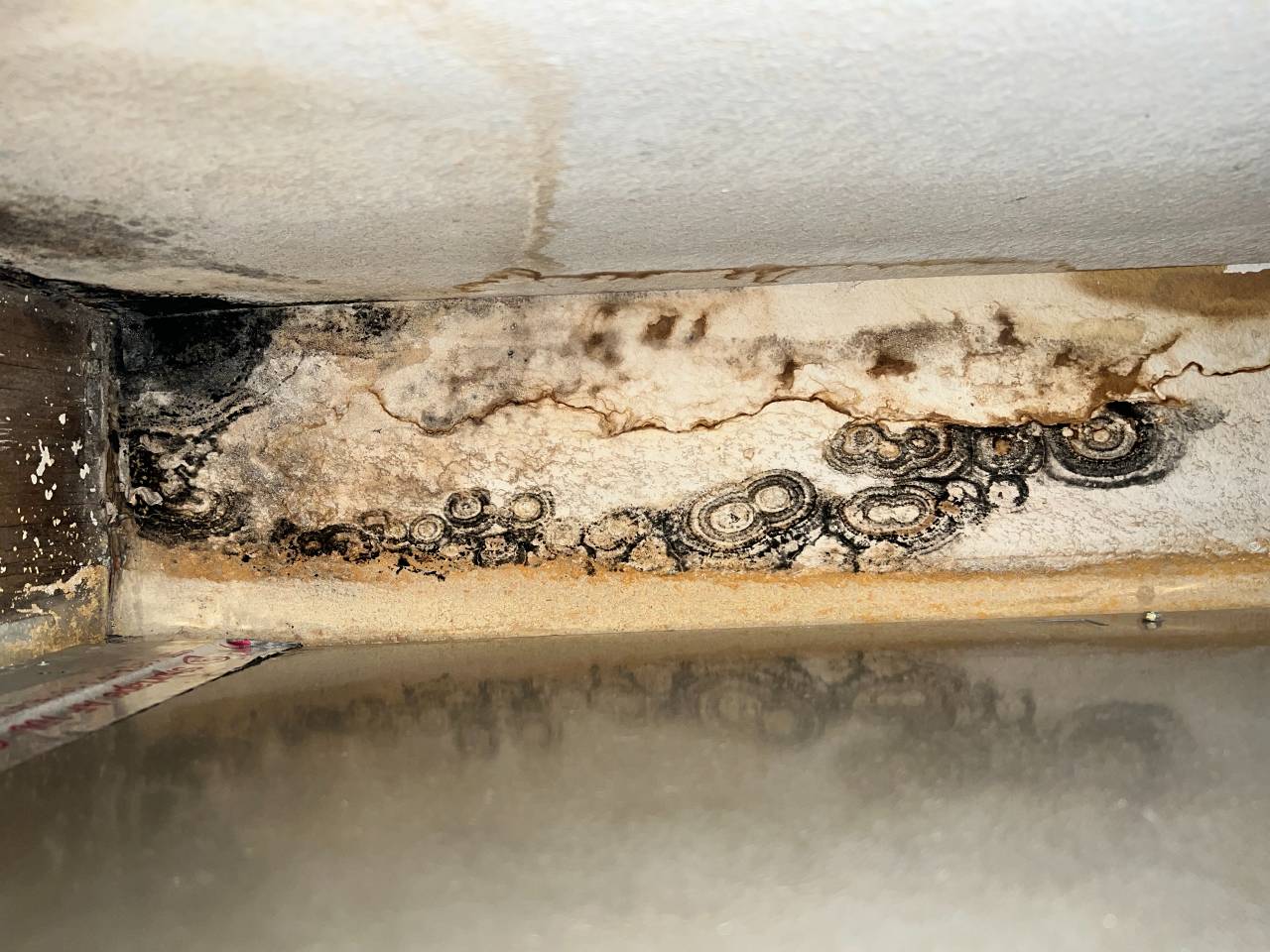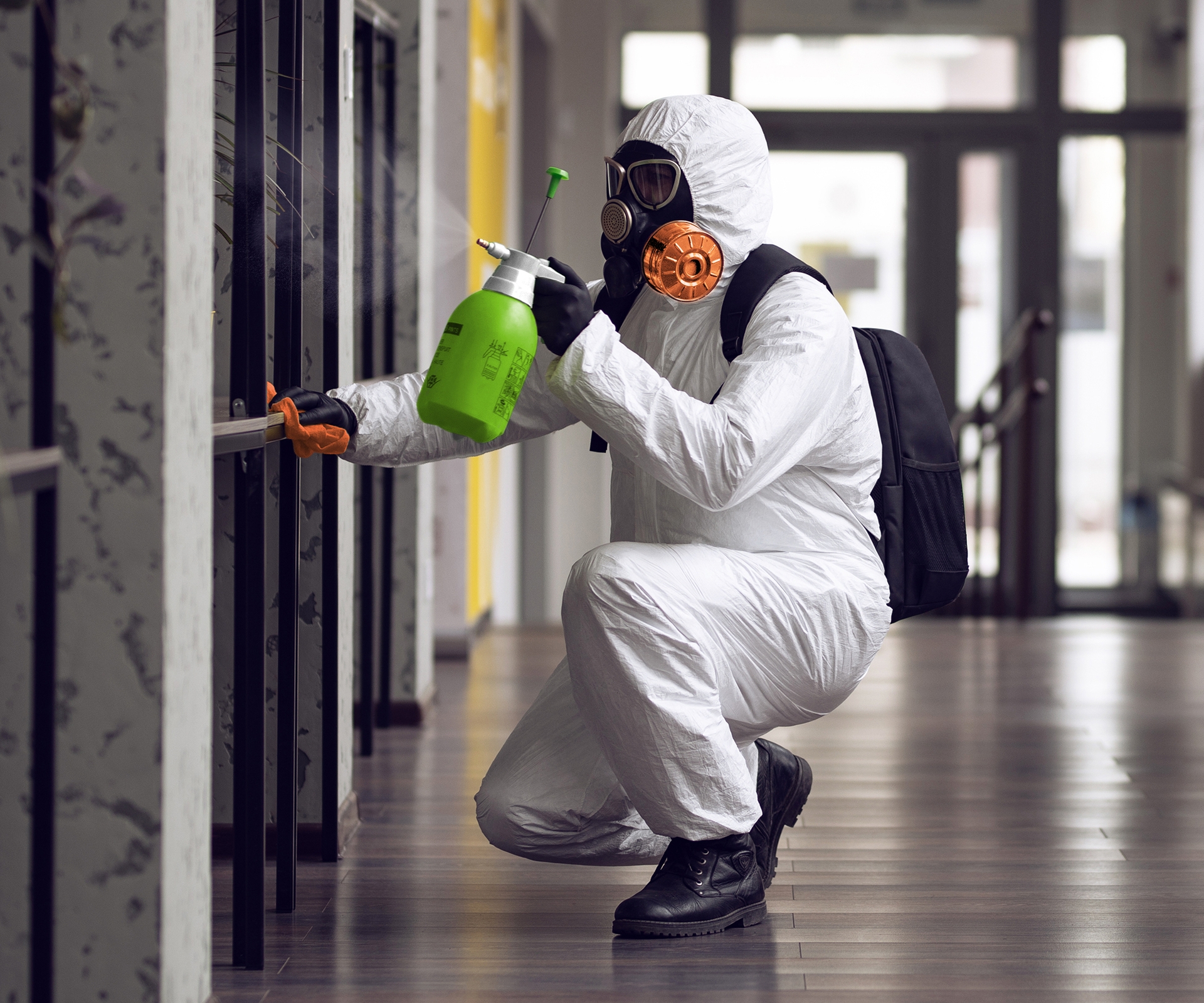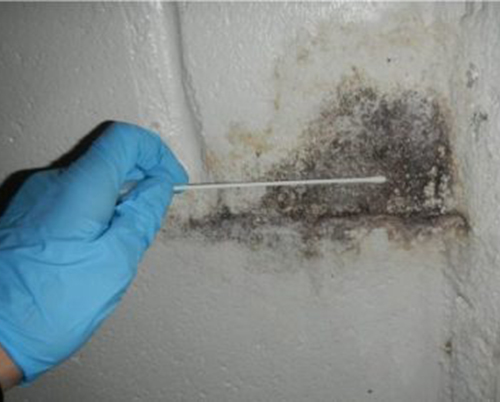Essential Steps After Mold Remediation
Wiki Article
Your Ultimate Overview to Article Mold And Mildew Remediation Strategies
In the after-effects of mold infestation, understanding just how to properly get rid of the mold and avoid its reoccurrence is extremely important for keeping a healthy and balanced indoor environment. From selecting the appropriate cleansing and decontaminating techniques to carrying out methods for long-term mold avoidance, each action in the remediation journey plays a critical role in making sure a successful result.Understanding Post-Mold Remediation Process
After completing the mold removal procedure, it is vital to recognize the post-mold removal techniques that are necessary to ensure a extensive and efficient clean-up. As soon as the mold has actually been gotten rid of, the next step involves cleansing and decontaminating the impacted locations to protect against any kind of regrowth of mold and mildew.
Furthermore, performing a final assessment post-remediation is essential to ensure that all mold and mildew has been successfully gotten rid of. This assessment must involve a detailed visual check in addition to potentially air sampling to verify the absence of mold and mildew spores airborne. Extra removal may be necessary if the inspection discloses any type of remaining mold. Enlightening residents on preventative steps such as controlling moisture levels and without delay resolving any water leaks can aid maintain a mold-free atmosphere.
Efficient Cleaning Up and Decontaminating Methods

Avoiding Future Mold Growth

Importance of Appropriate Ventilation
Appropriate air flow plays an essential role in protecting against wetness buildup, a vital variable in mold and mildew development within interior settings. Reliable air flow systems help get rid of excess humidity from the air, lowering the chances of mold spores finding the wetness they require to spread out and sprout. Without sufficient air flow, interior spaces can come to be a breeding ground for mold, leading to potential wellness risks and architectural damages.By guaranteeing appropriate air circulation, ventilation systems can additionally help in drying out wet areas faster after water damage or flooding incidents, even more deterring mold and mildew development. Post Mold Remediation Report. Precede like washrooms, cellars, cooking areas, and attic rooms where wetness levels have a tendency to be higher, setting up and maintaining reliable air flow systems is crucial in protecting against mold problems

Surveillance and Maintenance Tips
Offered the important function that proper air flow plays in preventing mold and mildew Post Mold remediation cleaning growth, it is imperative to establish reliable tracking and maintenance suggestions to ensure the ongoing capability of ventilation systems. Regular examinations of air flow systems need to be performed to check for any kind of indications of clogs, leaks, or malfunctions that might hinder appropriate air movement. Tracking moisture degrees within the property is likewise vital, as high humidity can add to mold growth. Installing a hygrometer can help track moisture degrees and alert house owners to any spikes that may need attention. In addition, making sure that air filters are routinely cleansed or replaced is necessary for maintaining the effectiveness of the ventilation system. Carrying out a timetable for routine upkeep jobs, such as duct cleaning and cooling and heating system evaluations, can aid prevent problems prior to they intensify. By remaining proactive and conscientious to the condition of air flow systems, residential property proprietors can properly mitigate the danger of mold and mildew regrowth and preserve a healthy and balanced interior environment.
Final Thought
Finally, post-mold remediation techniques are vital for making certain a clean and secure atmosphere. Understanding the process, executing efficient cleaning and sanitizing approaches, protecting against future mold growth, preserving correct air flow, and regular tracking are all crucial steps in the remediation process. By adhering to these guidelines, you can efficiently get rid of mold and stop its return, promoting a healthy and balanced living or working area for all occupants.In the results of mold infestation, understanding exactly how to effectively remove the mold and stop its reoccurrence is critical for maintaining a healthy indoor atmosphere. Once the mold and mildew has been gotten rid of, the following step involves cleaning and disinfecting the impacted areas to protect against any type of regrowth of mold - After mold remediation. After eliminating visible mold development, it is vital to clean up all surface areas in the affected area to get rid of any kind of remaining mold spores. To additionally boost mold prevention procedures, it is crucial to deal with underlying problems that originally led to mold advancement.Offered the vital duty that correct air flow plays in avoiding mold development, it is imperative to establish effective monitoring and maintenance suggestions to make sure the ongoing capability of air flow systems
Report this wiki page